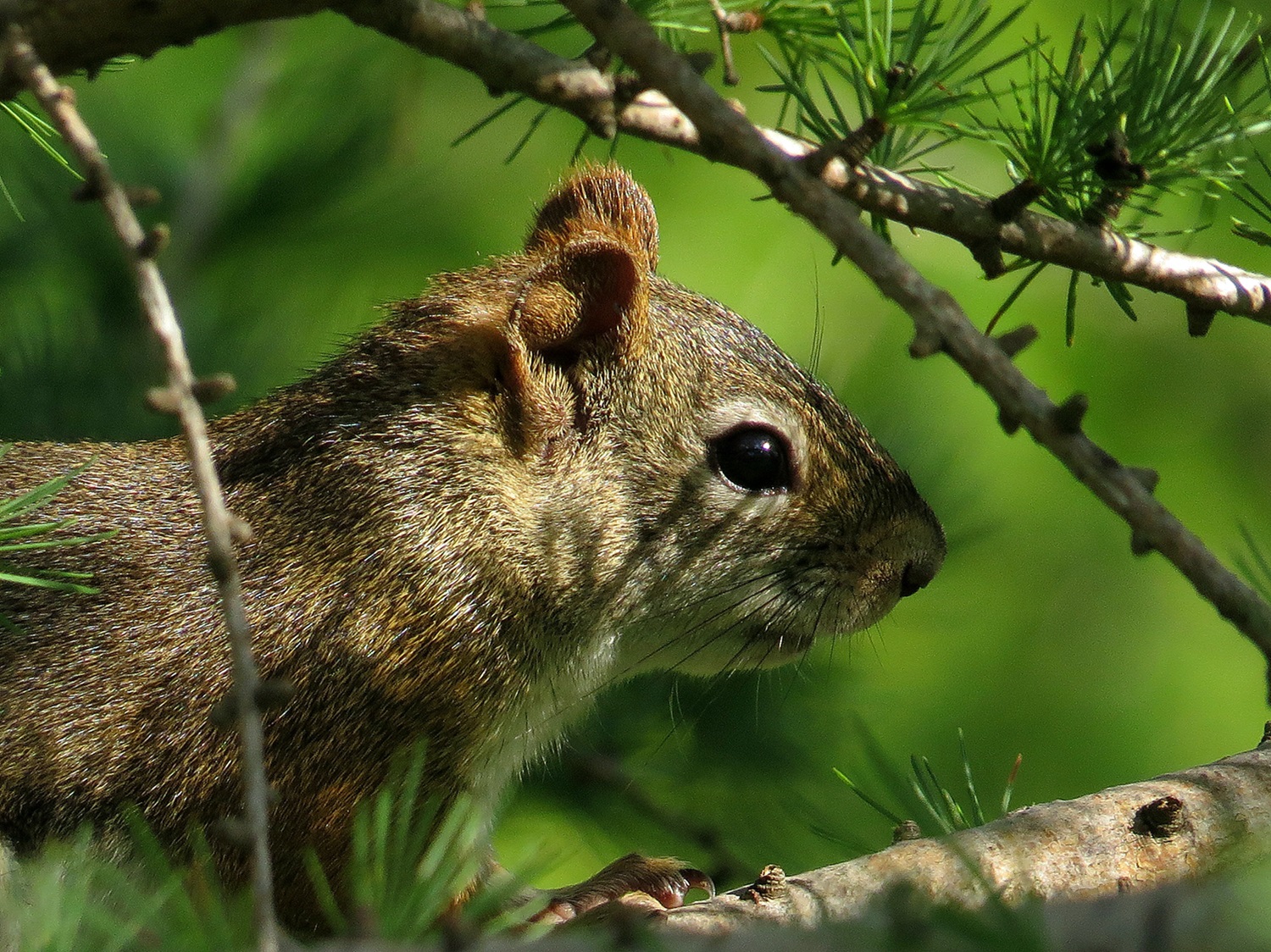Pocket Mouse, small, jumping rodent of the North American family Heteromyidae. The 75 species of Heteromyidae are adapted to desert and semidesert environments. Three live in Canada: olive-backed and Great Basin pocket mice (Perognathus fasciatus, P. parvus respectively) and Ord's kangaroo rat. They occur in the dry western plains and the basin between the Rocky Mountains and the BC coastal range.
Description
Pocket mice are greyish above with white underparts. Pocket mice have large hind limbs and smaller front limbs, all 4 used in jumping. The tail, almost as long as the head and body together, serves as a prop, particularly when the animal feeds in its characteristic sitting position. Food is carried to the burrow in external, fur-lined cheek "pockets."
Stored food enables pocket mice to survive winter, alternating between dormant and feeding periods. Insects and plants complement the primarily granivorous diet. Pocket mice can survive long periods without water and are nocturnal. Mating occurs in April; the gestation period is 3-4 weeks; 2 litters are produced, each averaging 4-5 young.
Relationship with Humans
The relatively scarce olive-backed pocket mouse measures 10-14 cm. Except for killing weeds, it has little economic value. The much larger and more common Great Basin pocket mouse may cause damage to cereal crops.

 Share on Facebook
Share on Facebook Share on X
Share on X Share by Email
Share by Email Share on Google Classroom
Share on Google Classroom





